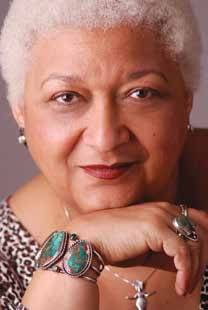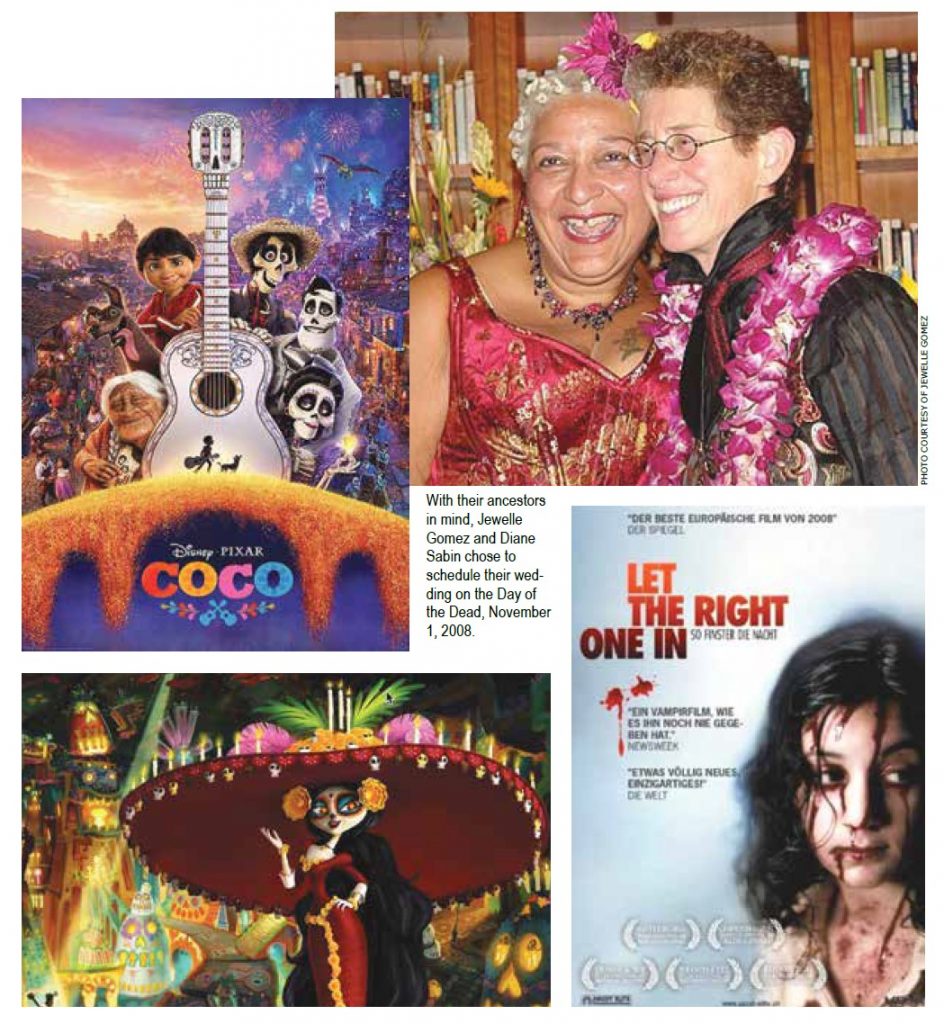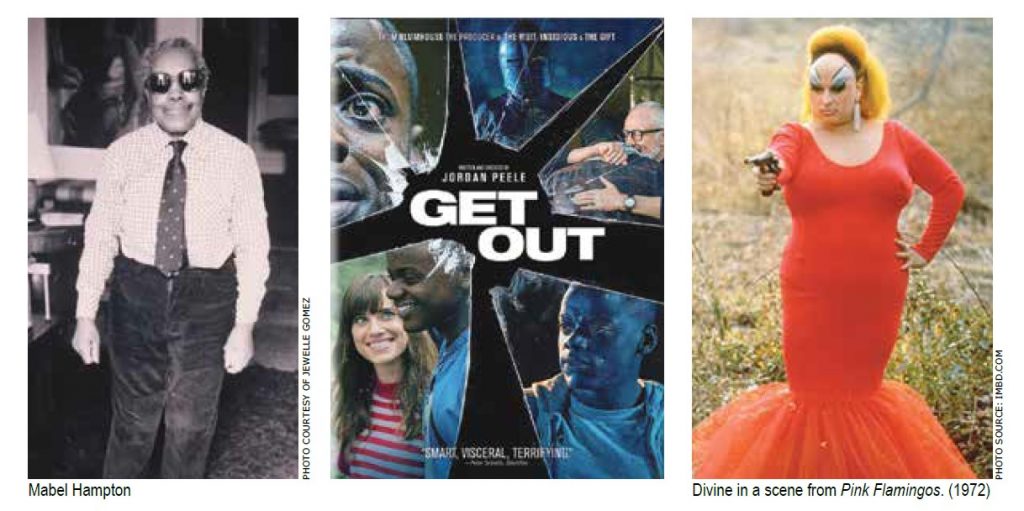
By Jewelle Gomez–
Halloween is one of those celebrations that folks either embrace with bacchanalian devotion or try to ward off with crucifixes. Needless to say, I’m in the first camp; and I was there even before I started writing vampire fiction.
I do understand the anti-Halloween perspective. First, the celebration provides children with a ridiculous amount of sugar, pushing them up to a howling banshee level of toxicity. And second, recognizing ghosts, goblins, witches, etc., may seem in contradiction to standard tenets of Christianity. However, so many Christian holidays were invented simply to subsume the pagan rituals that dominated the landscape before Christians appeared—if one digs deep, it’s hard to separate one from the other.
Whatever the history, Halloween is one of my favorites for several reasons. As I kid, I dearly loved the assortment of candies and fruit one could collect, and even the coins from my father’s bar patrons. This was before prepackaged candy bars (safer, but dull) when neighbors were proud to create homemade treats like peanut brittle and other personalized “puffs” and “balls” and “tarts.”
As I got older (limiting myself to peanut butter cups—they’re almost food), I loved the idea of a day when the veil between the worlds was thinner; that those who’d passed over to the other side might still touch us in some way. All Hallows Eve prepares us for the Day of the Dead and is a time when I think about my relatives who raised me and about queer forebears who’ve passed on, dispersing their energy back to cosmos. The animated films Coco and The Book of Life both capture the urgency and tenderness of ancestor worship and let us revel in the rarity of seeing Mexican folk culture on screen.
This is not to say I eschew the traditional horror films that take over our screens as the darkness of fall sets in. I’m just a little deliberate about what I want to spend my brain cells on. I have to side with national journalist Gwen Ifill and local newscaster Frank Somerville and their concerns about “missing white woman syndrome.”

This observation doesn’t dismiss the tragedy of any woman lost to her family because of how little women are valued in this culture. The idea does, however, highlight the reality that media racially prioritizes who’s important in the culture, so we hear more about missing white women than we do, for example, about the several thousand Native American women who have disappeared or been murdered. ( https://tinyurl.com/56kvkvua )
So, notwithstanding, my worship of the original scream queen, Jamie Lee Curtis, and horror films must be about something other than “young, blonde girl as victim.” Like Let the Right One In (the original Swedish version with a Transgender subtext), or Jordan Peele’s Get Out, which serves as a larger metaphor for racism in the U.S. as well evoking a perpetual terror of “the sunken place.”
The historical political usefulness of Halloween should never be forgotten either. In the recent past it was illegal for anyone to wear fewer than three items of clothing that were deemed appropriate to their gender—a parochial way to trap drag queens and butches who might dare to express their sartorial identity. But Halloween always offered us that one evening when we could dress in anything we wished. From boxers to bikinis on that night, Queer people got to dress exactly how we wanted to and be largely exempt from police harassment.

This belief that the veil between the worlds might be thinner during this period led Diane and I to hold our wedding on November 1, the Day of the Dead. It seemed that we might more easily feel our ancestors nearby.
So, this Halloween you may want to party dressed as Divine or Mabel Hampton; it’s great to know that their energy might be travelling down through the stardust to remind us who has gone before. And given all we’ve survived, be assured we’re strong enough to face the future.
Jewelle Gomez is a lesbian/feminist activist, novelist, poet, and playwright. She’s written for “The Advocate,” “Ms. Magazine,” “Black Scholar,” “The San Francisco Chronicle,” “The New York Times,” and “The Village Voice.” Follow her on Instagram and Twitter @VampyreVamp
Published on October 21, 2021
Recent Comments